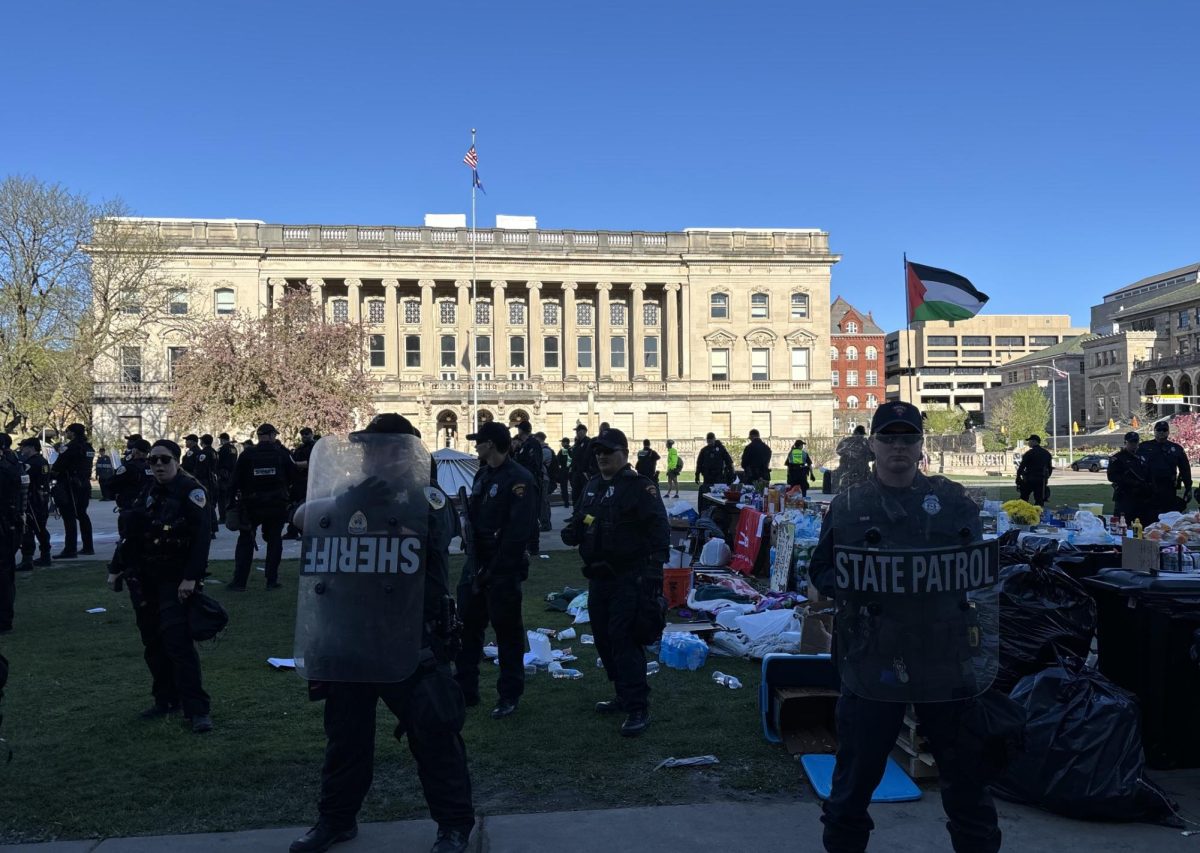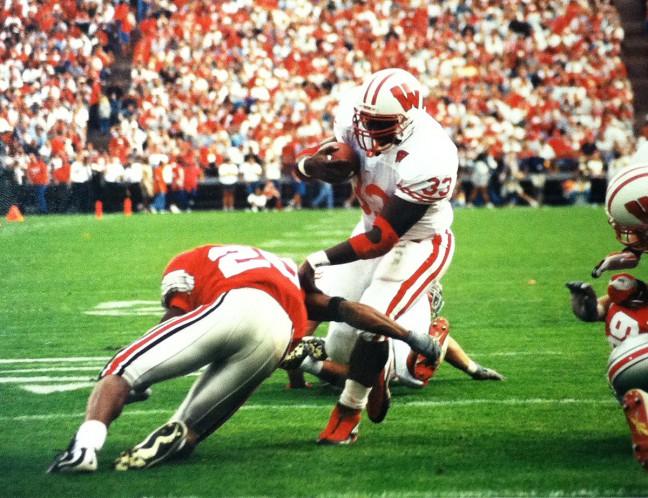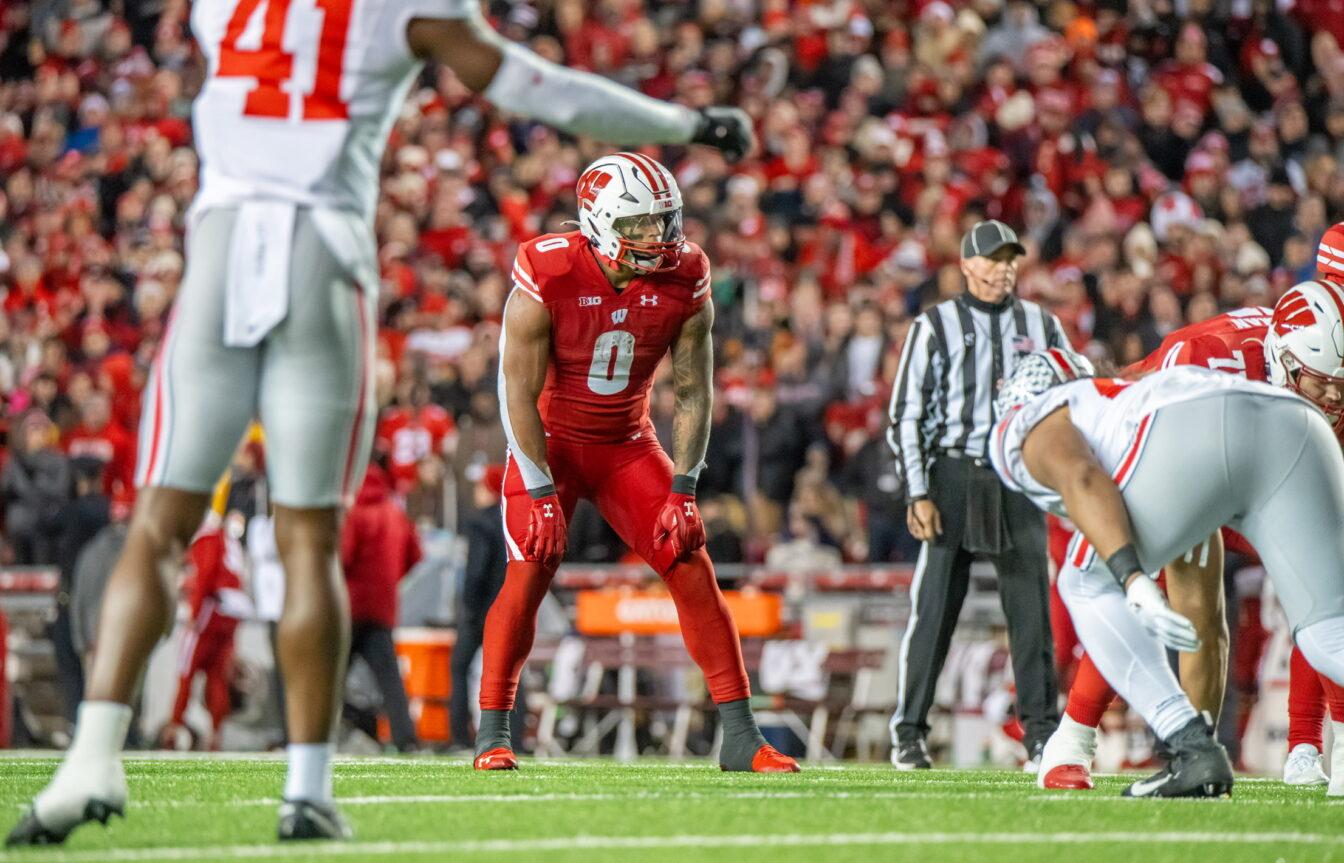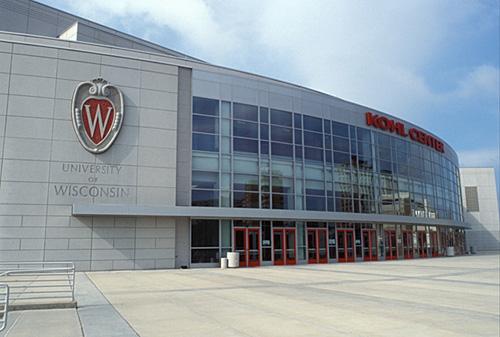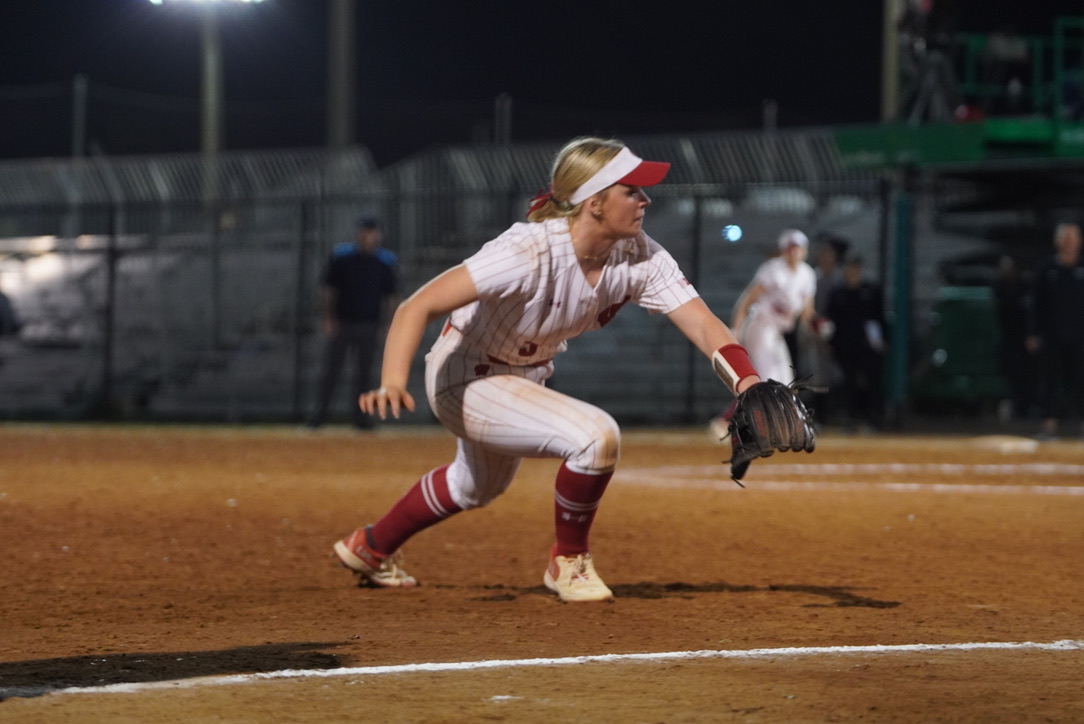In 1889, the University of Wisconsin football program was instituted on campus. Throughout the first 106 years of its existence, the team only clinched a bowl game appearance eight times.
Over the past 27 years, the program has played in 26 bowl games. While most of the Badger faithful have grown accustomed to its team finishing the season north of .500, that wasn’t always the case.
This streak of success really commenced with the presence of star running back Ron Dayne, a multi-sport athlete from Overbrook High School in New Jersey. Former football head coach and director of athletics Barry Alvarez made a personal trip to Dayne’s house to recruit him and offered the future Badger an opportunity he could not turn down — running the football.
It turned out pretty well for all parties, to say the least.
In 1996 — Dayne’s freshman year — UW took down the University of Utah 38–10 in the Copper Bowl. Dayne rushed for 246 yards and reached the end zone three times. Quarterback Mike Samuel threw for just 16 yards.
After two consecutive campaigns at 8-5, the Badgers took off with an 11-1 mark in 1998. Dayne’s 246-yard tour de force in the ‘98 Rose Bowl propelled UW to a 38–31 victory over the University of California-Los Angeles. What awaited him in 1999, though, would separate Dayne from almost every other running back in Wisconsin’s storied history.
The Dayne Train’s 303 rushing attempts, 1,834 yards and 19 scores netted him the 1999 Heisman Trophy, an annual honor awarded to college football’s most outstanding player. In a race against future NFL record-breakers Drew Brees and Michael Vick, Dayne accumulated 586 of 700 first-place votes.
Following his historic 1999 campaign, which culminated with his 202-yard rushing masterpiece against Stanford University in the 2000 Rose Bowl, he punched his ticket to the Theater at Madison Square Garden for the 2000 NFL Draft.
Badgers regain top spot in Big Ten West after overcoming 14-point deficit
Dissimilar to the atmosphere at Camp Randall, Dayne encountered a few hurdles in the big leagues. The New York Giants snagged the two-time Rose Bowl MVP with the 11th overall pick, but he never quite captured a fanbase like he did in Madison.
“That’s the college atmosphere that you really miss as a professional athlete,” Dayne said. “Here [Camp Randall], everybody is cheering no matter what. We could be losing, and they’ll cheer for you. In the pros, if we’re losing, we’re getting boos.”
Still, the New Jersey native drew oohs and aahs from crowds in the Big Apple, the Mile High City and the Space City over a seven-year professional career. Sure, bands didn’t play “On, Wisconsin!” at Giants, Broncos or Texans games, but not many can lay claim to 983 rushing attempts and 4,062 total yards in NFL threads.
Nov. 10, 2007, during his last hurrah with Houston in the 2007 season, Dayne’s No. 33 joined Alan Ameche, Elroy Hirsch, Pat Richter, Dave Schreiner and Allan Shafer as one of six displayed on Camp Randall’s facade. Inductions into the University of Wisconsin-Madison Athletic Hall of Fame, the Rose Bowl Hall of Fame and the College Football Hall of Fame arrived shortly after.
The most memorable flashpoint of his career, however, arrived Nov. 13, 1999, when Dayne surged past Texas star Ricky Williams for the NCAA Division I career rushing record. Some extracurriculars certainly enhanced the experience.
“After I broke the record, I came off the sideline and everybody’s cheering,” Dayne said. “So it’s the second quarter, but we still have to get out there and play. It started quieting down, and all the sudden there was a roar. I turn around, and I see the streaker … I’m like ‘whoa, what?’ He came to my house that night. Everybody was asking, ‘do you know him?’ I said, ‘no, I’ve only seen his backside, so how would I know who he is?’ But when they put all the white towels up at Camp Randall, that was pretty cool.”
Ticket scalping grows at UW as enrollment increases, athletic programs excel
Since Dayne hung up his cleats, football, like everything else in the athletic realm, has evolved for the better. Players possess more sway, and offense schemes appear as innovative as ever.
These athletic transformations trickled down to the college scene as well. In 2021, athletes could finally capitalize on endorsement deals through name, image and likeness, otherwise known as NIL, guidelines.
Dayne, a spectacle throughout his collegiate tenure, was not afforded the same opportunities. Who knows how much dough he would’ve reeled in.
“I can’t imagine what I would have gotten with NIL,” Dayne said. “I was the biggest name out here. I don’t like to think about that because you could play five years in the NFL and make $12 million, whereas in college you can make $12 million just to stay in school and play on the team. It’s a big difference.”
What cannot be disputed, however, is his place amongst the most coveted running backs to ever lace up on the collegiate gridiron. In an era defined by lists, GOAT debates and hierarchies, the Great Dayne can high-step his way into any top-five ranking.
With his 7,125 combined rushing yards in both NCAA Division I regular season and bowl game matches, No. 33 still reigns supreme.
“I’ll be number one,” Dayne said, “I still have the most rushing yards in college football history. Then I’d go Barry Sanders, Adrian Peterson, [Jerome Bettis] when he played for Notre Dame, then probably Eddie George. He was killing it at Ohio State.”
Luckily for George, Dayne wasn’t around to detonate on the Buckeyes’ defense. In 1999, the workhorse halfback tallied four scores and 161 yards on the ground en route to 42 unanswered tallies and a 25-point victory vs. OSU.
Over 20 years later, the aura surrounding these stand-alone, prime time conference contests remains the same. The competitive juices never stopped flowing.
“It’s just great to be back,” Dayne said. “It’s special because of the fact that it’s a Big Ten matchup. Most of the time, when there are Big Ten matchups, it means a lot more. We wanted to win the conference and get to the Rose Bowl.”


